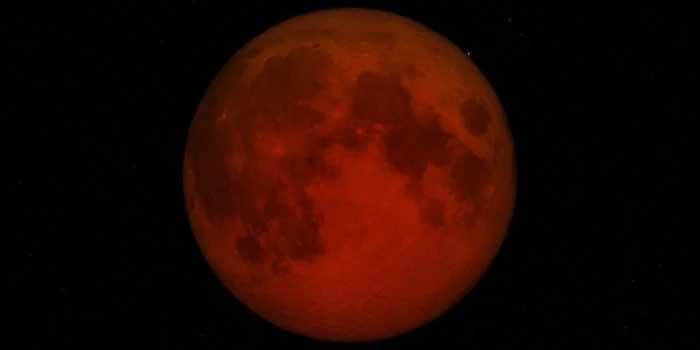Watch As A Spacecraft Captures The Lunar Eclipse Like You've Never Seen Before
The view provided by the lunar eclipse from Earth is familiar, but it is not the same as the view from space. Lucy, the asteroid probe led by the Southwest Research Institute (SwRI) that will launch in October 2021, has given us an idea of how it will look from there.
Lucy was approximately 100 million kilometres (65 million miles) from Earth during the eclipse earlier this month, which occurred on the night of May 16 across most of the Americas.
"While total lunar eclipses aren't that rare – they happen about once a year or so – you don't often get a chance to observe them from an entirely new angle," said planetary scientist Hal Levison of the University of Arizona.
"When the team realized Lucy would have the opportunity to observe this lunar eclipse as part of the instrument calibration process, everyone was ecstatic."
The spacecraft took 86 1-millisecond exposures with its high-resolution, black-and-white L'LORRI instrument in three hours. The images were sent back to Earth to be edited into a time-lapse of the eclipse's first half.
This image depicts how the L'LORRI camera will capture images of Trojan asteroids orbiting Jupiter at a much greater distance from the Sun.
To avoid overheating, only half of the eclipse was photographed.
"It was truly an amazing team effort to capture these images," SwRI planetary scientist John Spencer said.
"The instrument, guidance, navigation, and science operations teams all had to collaborate to achieve success."


Comments
Post a Comment